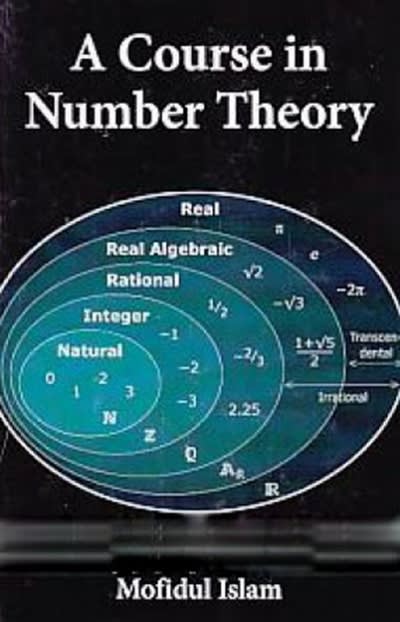Question
1. In the dataset below, years of service refers to how long each manager had been with a company and number of supervisees refers to
1. In the dataset below, years of service refers to how long each manager had been with a company and number of supervisees refers to how many workers are supervised by each manager.
TABLE OF DATA:
Years of Service 12,8,5,22,16 Number of Supervisees: 20,20,20,20,20
Can a correlation be computed with these data? Why or why not?
A) No, you cannot compute a correlation when either variable is a constant. B) Yes, the data are both quantitative variables. C) You cannot tell from the information provided. D)No, these data are nominal. E)No, you cannot calculate correlations with large numbers.
2. Which of the following sentence CANNOT be correct?
A)There two variables were not significantly correlated, r (10) = .16, p > .05.B) all of the above sentences can be correct C) There was a strong, positive correlation, r (98) = 1.26, p < .05. D) There was a strong, negative correlation, r (98) = -.86, p < .05
3.Which variable cannot be assessed using the correlation formula?
A) Exercise where numbers represent hours spent exercising B) Income where numbers represent dollars C) Ethnicity where numbers indicate ethnic group D) Height where numbers represent inches of height
4. Data were collected from 8 participants. They were asked how many hours they slept the previous night, how many cups of coffee they drank that day, how happy they felt on a scale of 1 (not at all happy) to 10 (extremely happy), and how many hours of class they had that day. You expected sleep and coffee to be related.
What is the test result (i.e. the result of the formula)?
Sleep (hours) 9, 8, 8, 7, 6, 6, 5, 4 COFFE(CUPS) 0, 1, 0, 1, 2, 2, 3, 3 HAPPINESS (1-10) 6, 5, 8, 4, 6, 7, 5, 6 EMPLOYED YES,YES,YES,YES ,NO,NO,NO,NO
A) .91 B) .76 C) .04 D)-.63 E) -.96 F) -.36
5.Which is a correct sentence reporting on the significance of the result? (USING SAME DATA #4)
Hours of sleep and coffee drunk were not significantly correlated, r(14) = -.63, p < .05.
Hours of sleep and coffee drunk were significantly correlated, r(6) = -.96, p < .05.
Hours of sleep and coffee drunk were not significantly correlated, r(6) = .36, p > .05.
Hours of sleep and coffee drunk were not significantly correlated, r(8) = -.36, p > .05.
Hours of sleep and coffee drunk were not significantly correlated, r(6) = .91, p < .05.
6.Data were collected from 8 participants. They were asked how many hours they slept the previous night, how many cups of coffee they drank that day, how happy they felt on a scale of 1 (not at all happy) to 10 (extremely happy), and how many hours of class they had that day. Use these data to answer the questions below it. Assume you expect those who sleep more to be happier.
What is the result of the formula?
-.67 .11 -.05 0.05 -.11 -.38 .46
Step by Step Solution
There are 3 Steps involved in it
Step: 1

Get Instant Access to Expert-Tailored Solutions
See step-by-step solutions with expert insights and AI powered tools for academic success
Step: 2

Step: 3

Ace Your Homework with AI
Get the answers you need in no time with our AI-driven, step-by-step assistance
Get Started


